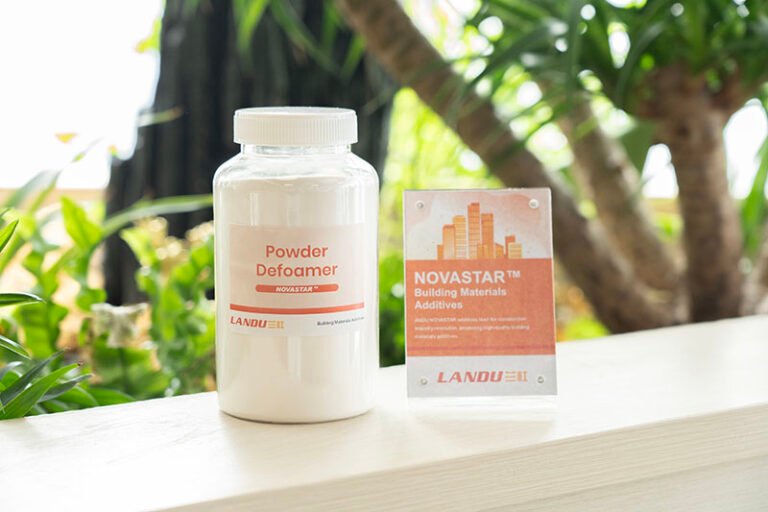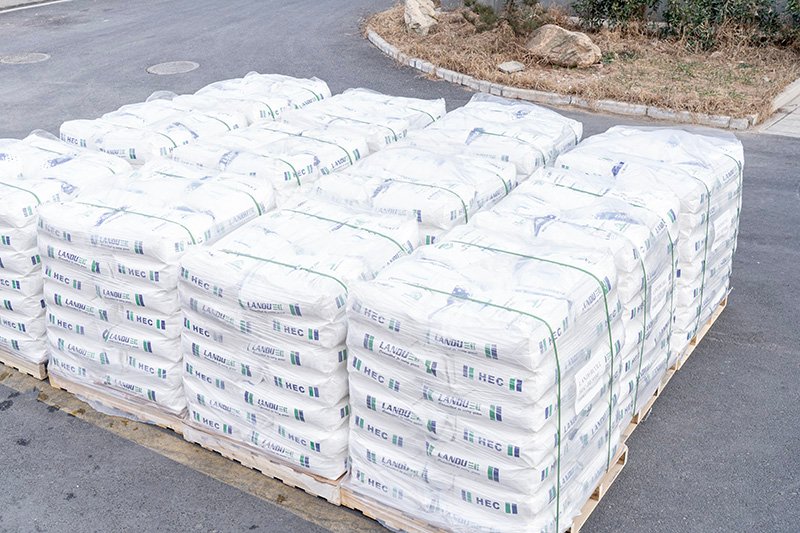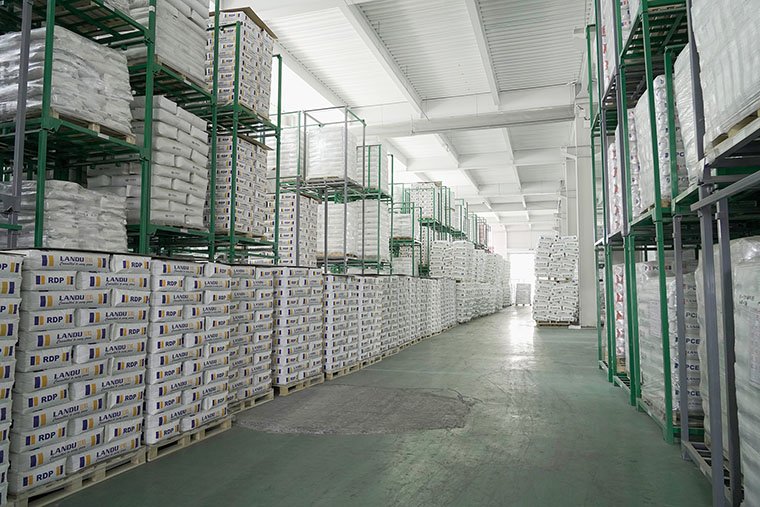
Hydroxyethyl Methyl Cellulose (HEMC or MHEC) is a non-ionic cellulose ether widely used in dry-mix mortars. Its molecular structure provides unique functionalities in cement- and gypsum-based systems:
Water Retention – Controls water evaporation and prevents substrate suction, ensuring proper hydration of cement and gypsum, which leads to stronger bonding.
Rheology & Thickening – Enhances viscosity and cohesion through molecular entanglement and hydrogen bonding, providing a stable, homogeneous mix.
Workability & Handling – Improves ease of application, reduces segregation and bleeding, and ensures smooth troweling.
Extended Open Time – Maintains adhesive properties in hot climates or on highly absorbent substrates, giving workers more time for adjustments.
Surface Finish Improvement – Provides smoother surfaces, reduces shrinkage cracks, and improves overall appearance.


Role of HEMC: Ensures non-slip application, strong adhesion, and extended open time.
Performance Requirements: Consistent viscosity, excellent water retention, and balanced thickening effect without excessive stickiness.
Role of HEMC: Improves smoothness, prevents sagging, and controls drying time.
Performance Requirements: Fine particle compatibility, good leveling, and crack resistance.
Role of HEMC: Provides suspension stability and controls fluidity without segregation.
Performance Requirements: Low viscosity grade, quick dissolution, and compatibility with dispersants and defoamers.
Role of HEMC: Improves water retention, enhances cohesion, and reduces rebound loss during spray application.
Performance Requirements: Balanced viscosity range, high water retention, and compatibility with other additives.
Role of HEMC: Enhances workability, adhesion, and water retention in block and brick laying.
Performance Requirements: Moderate viscosity, smooth consistency, and stability under various weather conditions.
The performance of HEMC in construction materials largely depends on the quality and reliability of the supplier. When selecting a partner, consider the following factors:
Production Capacity & Supply Stability
A capable manufacturer should maintain stable production lines with annual capacity above 20,000 tons to ensure consistent delivery, especially for large-scale projects.
Grade Diversity & Technical Fit
Different applications (tile adhesive, skim coat, self-leveling, plaster) require different viscosity ranges and substitution degrees. A reliable supplier offers customized grades and consistent quality.
Technical Support & Service
Beyond supplying raw materials, leading manufacturers provide formulation guidance, lab testing, and on-site technical support to optimize performance in local conditions.
Sustainability & Compliance
Modern construction materials emphasize environmental responsibility. Suppliers should demonstrate sustainable practices (energy efficiency, low-carbon production, waste reduction) and comply with international standards (ISO, REACH, RoHS).
Global Logistics & After-Sales Service
Consider suppliers with international distribution centers or strategic warehouses, enabling fast delivery and local technical assistance.